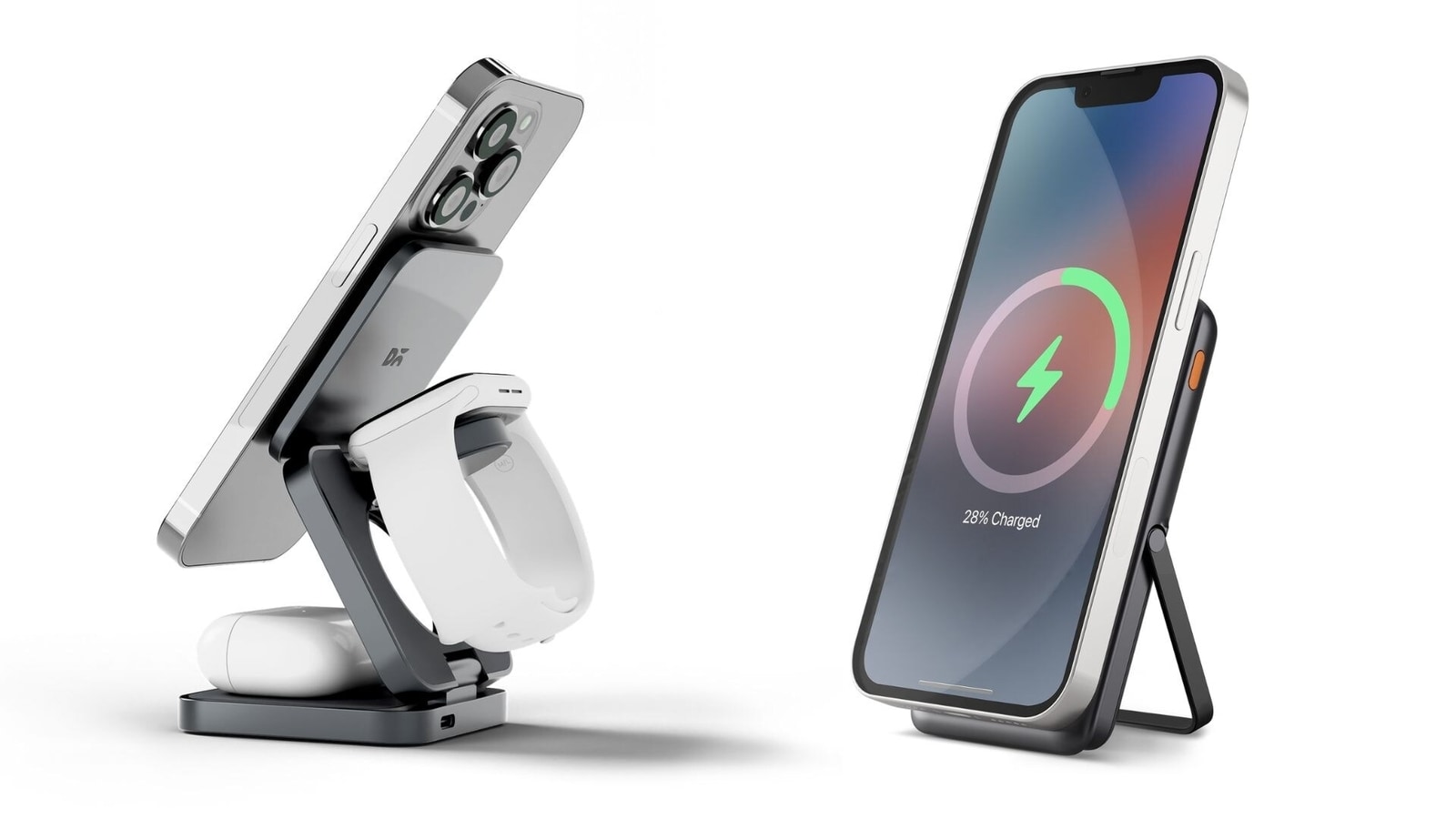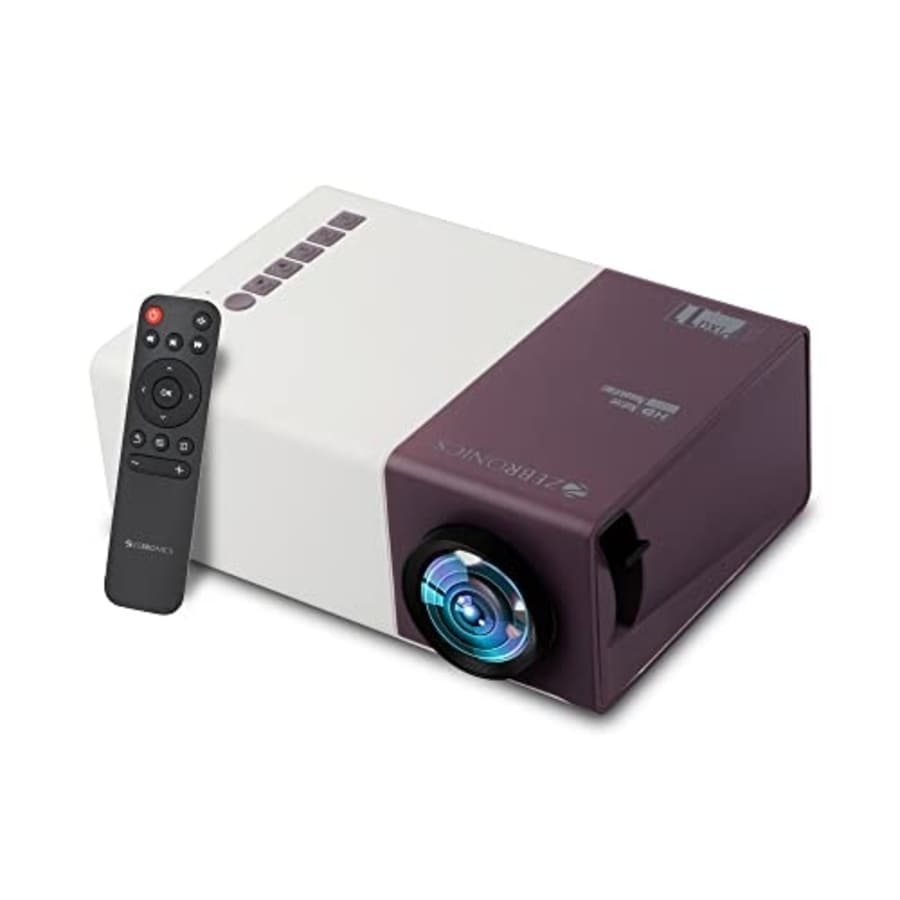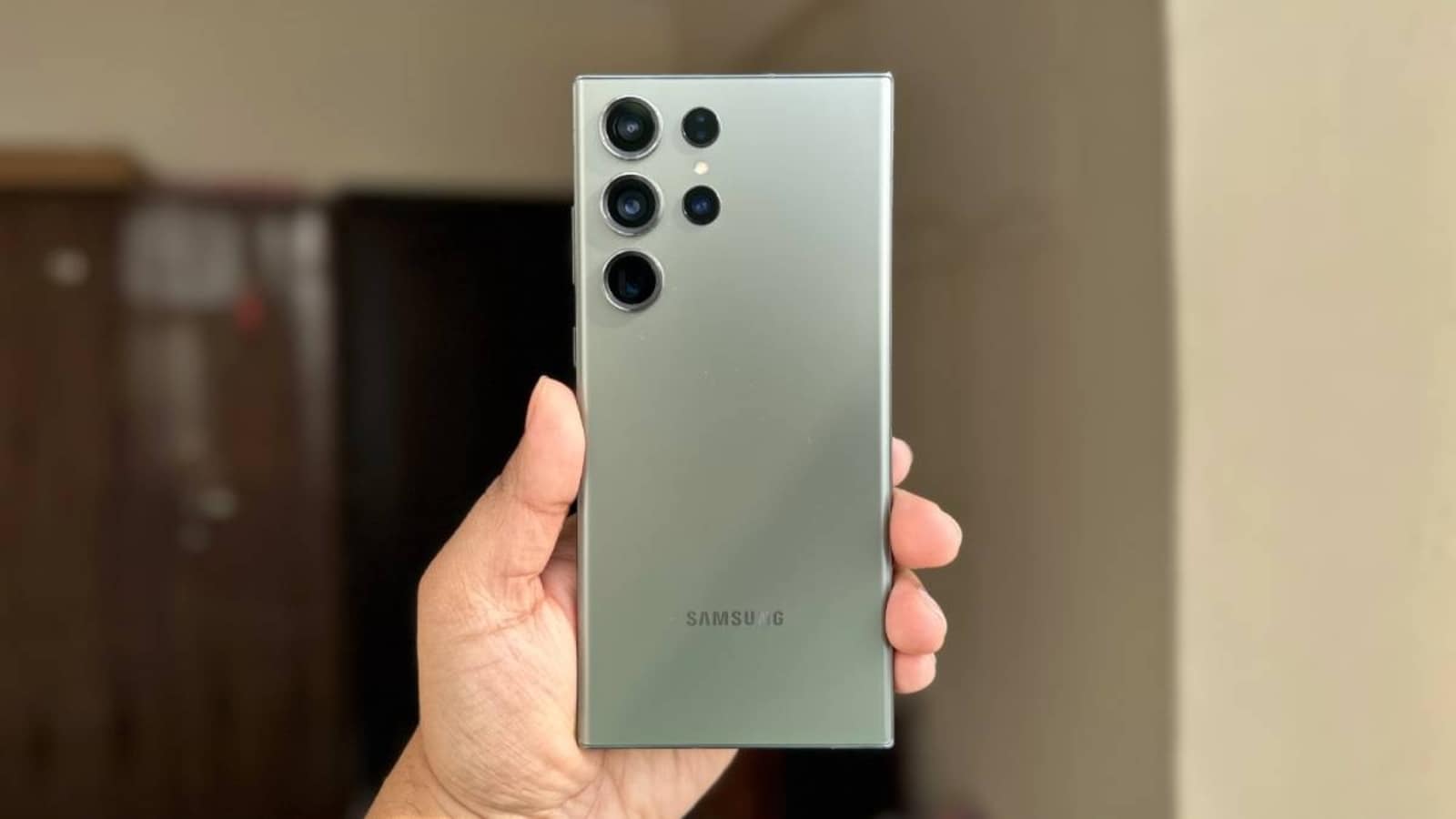There’s a new niche within the niche that electric SUVs are, one that still clings to the familiar comforts of an old school fuel. The examples I’m going to talk about, need that versatility, because the sheer weight and footprint meant they were never frugal with gasoline engines, and aren’t exactly able to showcase an EV’s stamina. Secondly, there seems to be little active conversation about the software that underlines public EV charging stations, and how vulnerable they are—I raise this question in a piece that details why India must make the moves now to ensure this is in place as EV sales continue to gain momentum (it is not just EVs for personal use; commercial EVs which are much greater in volume, will need that safety net).

Let’s start with Volkswagen Group’s Scout Motors, and something they said “You wanted a real truck. Old-school. Retooled. True off-roader. EV power and tech. With a bit of gas. We listened.” The messaging doesn’t get any clearer than that. This is their pitch for the new EVs—Traveller and Terra—which are going on sale in the true home of the large motor vehicle. The USA. The cool thing about the Traveller and the Terra is, you buy either in a full-electric option with a maximum range of up to 350 miles (or around 563km), or one with a gas-powered range extender (they call it Electric+Gas; but don’t be confused by Hybrid cars) that increases it to around 500 miles. The gas-powered generator is called “Harvester’, an ode to the past as International Harvester.
VW’s Scout’s Electric+Gas approach isn’t to be confused by Hybrid cars; this methodology increases the range to as much as 500 miles, using a gas-powered generator on board.
This development emerges from what they reference in an official statement to, “drivers have expressed concerns about the ability to recharge while on the road”. There’s a certain degree of coolness about the Traveller in particular, and it’s not just the design. Mechanical foundations build with front and rear locking differentials, 4-wheel drive, and a durable body-on-frame platform. That’s before you get into the rather tech loaded cockpit.
Scout Motors aren’t the first to deploy dual power sources to big vehicles. Last year, Stellantis’ Ram unveiled the Ramcharger that touches a range of close to 690 miles—that’s a combination of the battery and a 3.6-liter V6 engine with a 130 kilowatt generator. Then there is Ford’s rather unique proposition—their latest F-150 Lightning, which when fully charged, can serve as an electric generator for a home, in case of a power outage. The point here is that carmakers seem to be building to counter the biggest problem with electric vehicles. Range. The EV enthusiasts may not like it, but the inspiration seems to be coming from hybrid vehicles. Which many scoffed at.
There seems to be little active conversation about the software that underlines public EV charging stations, and how vulnerable they are
SECURITY

Have you ever heard any serious conversation about EV chargers and the fact that they can be a software integrity nightmare? The entire narrative and argument revolves around the number of public chargers, how easy or difficult is it to install an EV charger at home and charge speeds. In fact, software forms the foundation of EV charging infrastructure, managing the charging process, handling user data, processing payments and enabling remote monitoring. Which makes them as vulnerable to cyber attacks as just about any other smartphone, an app on that smartphone, a computing device, a payment system or just about anything that runs with a software at its core.
We’ve had instances of public charging infrastructure being compromised, but whatever is happening in terms of securing these pieces, isn’t happening fast enough. Rarely do brands that build EV infrastructure, ever talk about software security mechanisms in place. Isn’t it always about charging speeds and other value adds? I illustrated India’s EV momentum with the latest sales numbers. This may still be a good time to get the software aspect sorted. Globally too, perhaps we’ve been lucky that apart from some instances of EV charger software being compromised, we haven’t really had a sort of episode that could bring transport to a halt. A matter of time? Perhaps, unless we pay attention.
REFRESH

New Macs are coming this week. And not all in one go. By the time you read this, the announcements would probably have been done, something we’ll unpack in detail next week. For now, we must talk about the first of the many Mac upgrades that are on the agenda — the colourful iMac ushering the arrival of the M4 chip for the computing device portfolio, and also the Apple Intelligence era for Macs (alongside iOS 18.1 for iPhones and iPadOS 18.1 for iPads, of course).
- The headline improvements: Performance for productivity apps such as Microsoft Excel spreadsheets will be up to 1.7 times quicker, Safari browsing between the M1 and the M4 generations is up to 1.5 times faster, whereas gaming too sees a significant improvement with up to 2 times higher frame rates. Video and photo editing apps including Adobe Photoshop and Adobe Premiere Pro will be as much as 2.1 times faster comparatively.
- The tech giant’s pitch for the refreshed iMac is simple, it is “built for Apple Intelligence”, a tribute to the M4 chip’s more powerful Neural Engine, as much as 3 times more capable than an NE on the iMac with an M1 chip.
- That is, an M1’s 16-core Neural Engine could compute 11-trillion operations per second, or TOPS. The M4’s Neural Engine can deliver 38 TOPS. The previous generation M3, which this iMac got last year, rated at 18 TOPS. It is, a significant step forward for on-board artificial intelligence (AI) experiences.
Apple says the colourful iMac with the M4 chip, when compared to the most popular Intel-based iMac model from the previous years, is up to 6x faster.
Rival chipmaker Intel, now a closed chapter for Apple having completed the switch to Apple Silicon for the entirety of the Mac portfolio a few years ago and with great results, continues to be in a comparison crossfire. Apple points out that the iMac 24-inch with M4 is 4.5 times faster than “the most popular 24-inch all-in-one PC with the latest Intel Core 7 processor”, and that also when “compared to the most popular Intel-based iMac model, the new iMac is up to 6x faster.” That’s the reason why Apple did what it did, a few years ago. That is, closing the Intel chapter for its computing devices.
ACCESORIZE
This is an important part of any tech purchase, even more so if it is the latest generation Apple iPhone. If you think accessory makers don’t wait for September of every year with expectation, you’d be wrong. Daily Objects is one brand that never fails to impress, and its rather diverse (and often unique) line-up of chargers, charging stations, cases for iPhones as well as power banks, just a small part of that large puzzle. This year, I got to experience some of these updated devices, and the overarching theme is simple—you pay a premium for what is essentially seamless and trouble-free performance. Let me unpack the ones you should keep an eye on.
SURGE Max Foldaway 3-In-1 Magnetic MagSafe Wireless Charger: This costs a pretty penny, at ₹5,999 and makes sense if you wish to charge an iPhone, AirPods with a wireless charging case as well as an Apple Watch in one go. For iPhones, this can go up to 15-watts charge speed, whereas other Qi-enabled Android phones can make do with up to 15-watts too. The Watch dock can be retracted, and yet this is one of those designs that require you leave some extra gap to the back of a workstation or to a wall behind the table. The entire dock simply folds away into something rather compact, useful if you’d like to carry this for travels.
SURGE Magnetic MagSafe Wireless Battery Pack: This 10,000 mAh capacity accessory is a wired as well as wireless ‘power bank’, as most of you would reference this. The MagSafe wireless standard is meant for iPhones, with charging speeds up to 15-watt. This can, in essence, charge an iPhone 16 Pro Max twice over, and still retain significant charge. An integrated kickstand allows this to become a smart docking system, if your iPhone is on charge. There’s also a Qualcomm QC 3.0 standard USB-C port for up to 18-watts of wired charging. The thing is, this power bank is more about you paying a premium for the compact design, kickstand and MagSafe integration, than really fast charging speeds (there are many a power bank out there, that go a lot faster, for a lot less money).












Leave a Reply